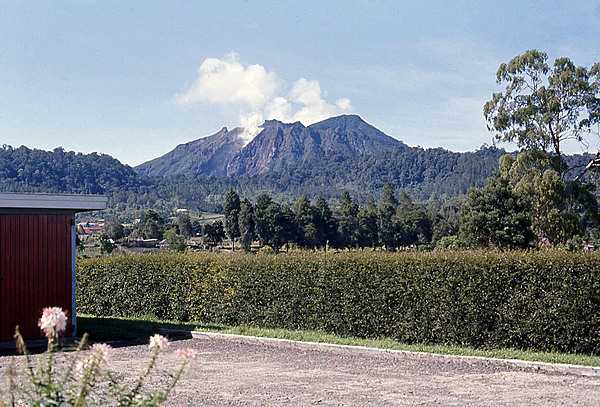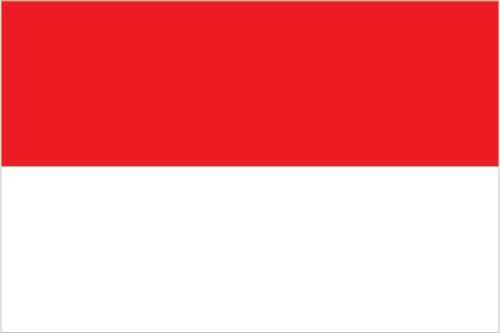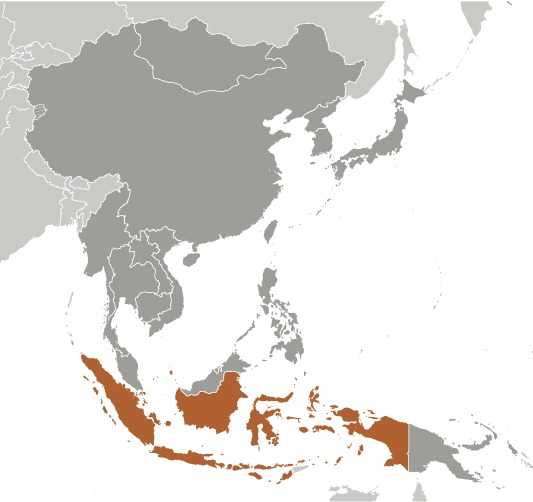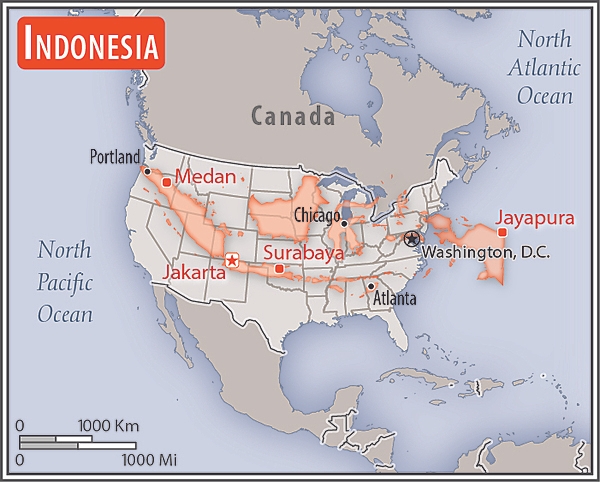Introduction
Visit the Definitions and Notes page to view a description of each topic.
Geography
People and Society
Population
comparison rankings: total 4; male 4; female 4
Median age
comparison ranking: total 125
Population growth rate
comparison ranking: 120
Birth rate
comparison ranking: 115
Death rate
comparison ranking: 128
Net migration rate
comparison ranking: 132
Maternal mortality ratio
comparison ranking: 53
Infant mortality rate
comparison ranking: total 80
Life expectancy at birth
comparison ranking: total population 148
Total fertility rate
comparison ranking: 110
Obesity - adult prevalence rate
comparison ranking: 162
Alcohol consumption per capita
comparison ranking: total 178
Tobacco use
comparison ranking: total 3
Children under the age of 5 years underweight
comparison ranking: 24
Education expenditure
comparison ranking: Education expenditure (% GDP) 194
Environment
Carbon dioxide emissions
comparison ranking: total emissions 6
Government
Economy
Real GDP (purchasing power parity)
comparison ranking: 8
Real GDP growth rate
comparison ranking: 43
Real GDP per capita
comparison ranking: 126
Inflation rate (consumer prices)
comparison ranking: 117
GDP - composition, by sector of origin
comparison rankings: agriculture 63; industry 21; services 180
Industrial production growth rate
comparison ranking: 42
Labor force
comparison ranking: 4
Unemployment rate
comparison ranking: 51
Youth unemployment rate (ages 15-24)
comparison ranking: total 95
Gini Index coefficient - distribution of family income
comparison ranking: 77
Public debt
comparison ranking: 119
Taxes and other revenues
comparison ranking: 118
Current account balance
comparison ranking: 181
Reserves of foreign exchange and gold
comparison ranking: 21
Debt - external
comparison ranking: 3
Energy
Electricity
comparison rankings: installed generating capacity 20; consumption 12; imports 83; transmission/distribution losses 196
Energy consumption per capita
comparison ranking: 104
Communications
Telephones - fixed lines
comparison ranking: total subscriptions 19
Telephones - mobile cellular
comparison ranking: total subscriptions 4
Broadband - fixed subscriptions
comparison ranking: total 19
Transportation
Merchant marine
comparison ranking: total 1





